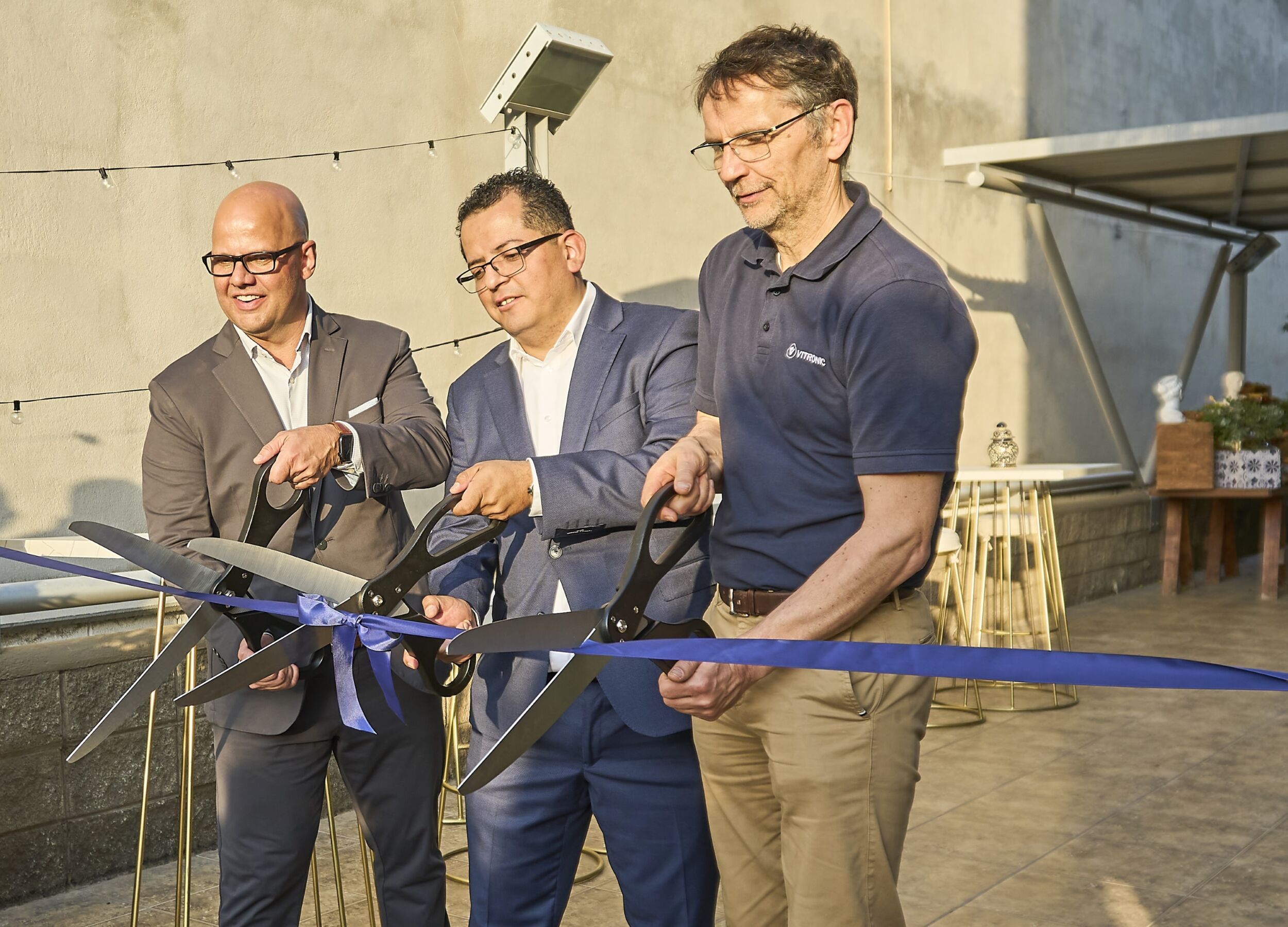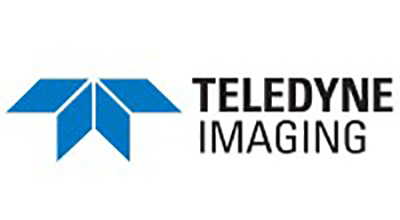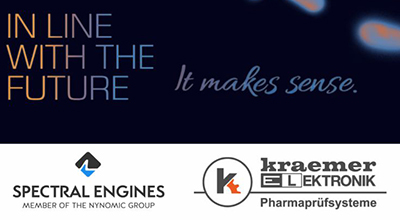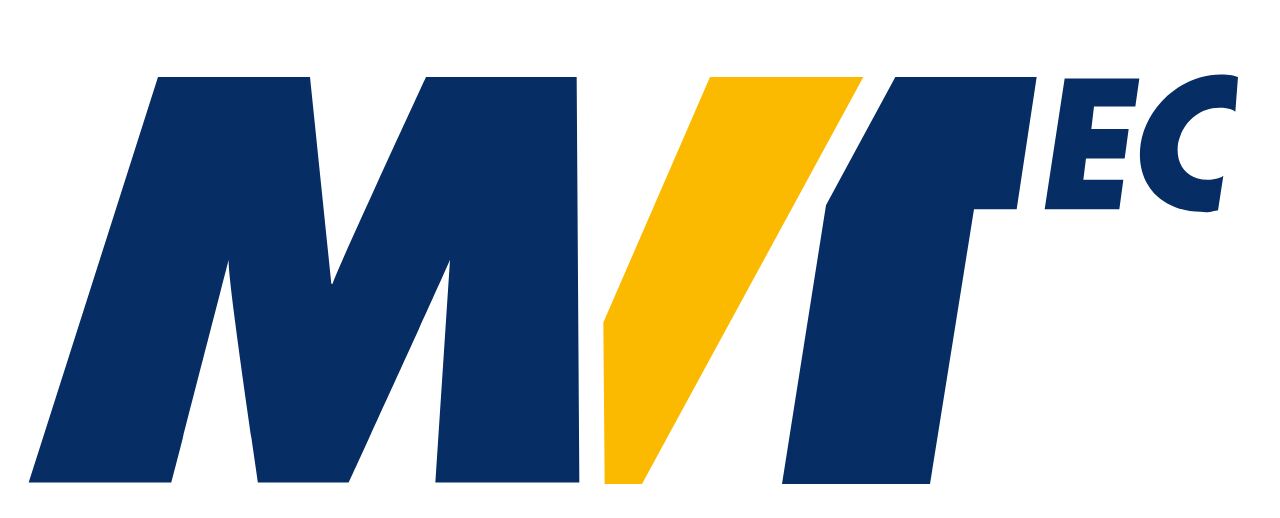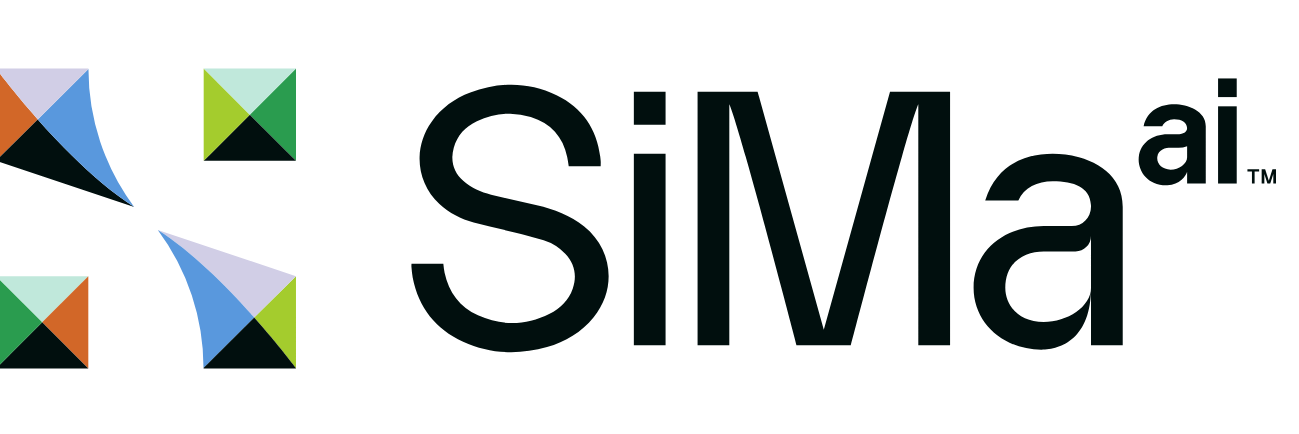Fiber optic interface with 2,400fps at 8bit resolution
High-speed by fiber optic
Based on their experiences and existing products, Kaya Instruments developed a fiber optics interface with almost no limits. Optical fiber cables are very flexible, supporting transfers for very long distance (dozens of kilometers) and can be ruggedized. The bandwidth of optical fiber cables is extremely large. When using wavelength multiplexing technology, it’s possible to transfer more than 100Gbps over single fiber cable.
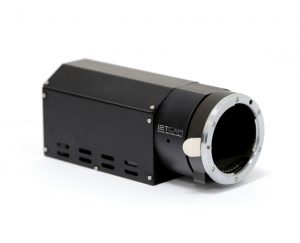
The 2.1MP camera Jetcam 19 has a fiber optic interface and an extremely high nominal frame rate, … (Bild: Kaya Instruments)
What is the ugly truth with the interfaces? Unfortunately, none of the camera interfaces can provide full bandwidth for the next generation of sensors.
Camera Link is an old technology and it has limited bandwidth with short and expensive cables. The signal processing of GigE and 10GigE Vision require pack and unpack, which makes systems unreliable in terms of packet delivery and real-time. In addition the power consumption is very high, not even talking about the CPU load requirements. HD-SDI cannot do custom resolutions, transfer controls to camera and provide power to camera over same cable. USB3 Vision depends quite heavily on the specifications of the PC, due to data offloading. In addition it cannot really work with cables longer than 3m. The Coaxpress becomes too complex when we need higher than 20Gbps bandwidth (e.g. eight cables needed for achieving 40Gbps data rate), so cables can be big and the total solution is very expensive. Fiber optic cables are much cheaper than other cable types used today (e.g. fiber cable costs around 10 percent of the price of CXP cables and just 1 percent of the Camera Link cables). This is a proven and effective solution, especially because it is widely used in the telecommunications sector. Existing fiber interface solution supports transfer rate of 40Gbps and can be expanded up to 80Gbps with aggregation. The logical utilization of the interface design is very small, taking into consideration the power consumption of the FPGA within the camera. The interface is already integrated into the Komodo frame grabbers and Jetcam series of cameras. The Fiber IP is offered to camera vendors free of charge. So the frame grabbers are available with the Fiber IP as a bundle offer without extra cost.
Three camera models
Currently there are three Jetcam models but the product line-up is expanding quite fast. Jetcam 19 is a 2.1MP, full HD (1,920×1,080p) up to 2,400fps camera with 10m global shutter, 4/3″ size, utilizing the Lux19HS sensor from Alexima. It has an extremely high nominal frame rate, which is 2,400fps at 8bit resolution and 1,920fps at 10bit resolution. The Jetcam 25 can create high-quality video with its Python 25k sensor, which supports 25MP (5,120×5,120p) resolution with 80fps and 10bit. The Jetcam 160 is a combination of high-resolution and high frame-rate. This is 16MP (4,704×3,424p) with up to 300+ fps with 3.9?m 5T shutter pixel with CDS, based on a Lux160 sensor. The camera provides 300fps at full resolution and 500fps with 2,160 rows (4K format). All models are available with different interfaces, such as fiber optic up to 40Gbps (unique in the market) and Coaxpress up to 25Gbps. The camera is equipped with 3G SDI output for local monitor and variable lens mounts (F, PL, B4, C etc.) with integrated lens control. The cameras are offered in bundle with the Komodo Fiber frame grabber. Both are Genicam and GenTL compliant. Major support is available for Matlab, Halcon and Labview. The Komodo-Fiber is a high-performance yet low-cost frame grabber card supporting four SFP+ 10Gbps and a single QSFP+ 40Gbps transceivers (optical). The card is based on powerful FPGAs, flexible DDR3 memory system with up to 144Gb of memory and 128Gbps throughput. A high-speed 8 lane Gen 3.0 PCI express interface allows fast video transfers between optical links and computer memory while a versatile GPIO with multi-standard support enables connection to external devices.
Super speed video recorder

The Komodo-Fiber is a high-performance yet low-cost frame grabber card supporting four SFP+ 10Gbps and a single QSFP+ 40Gbps transceivers (optical). (Bild: Kaya Instruments)
To complete the video acquisition a new super speed digital video recorder will be developed, which is going to be launched to the market soon. It has ruggedized and portable design. The digital video recorder is transport and maritime qualified, so it can be efficiently used in the automotive industry and in different transportation applications. One of the unique features is the recording speed up to 40Gbps and up to one hour recording time. In addition it has precise timestamping with IRIG or GPS. More details will come soon.



